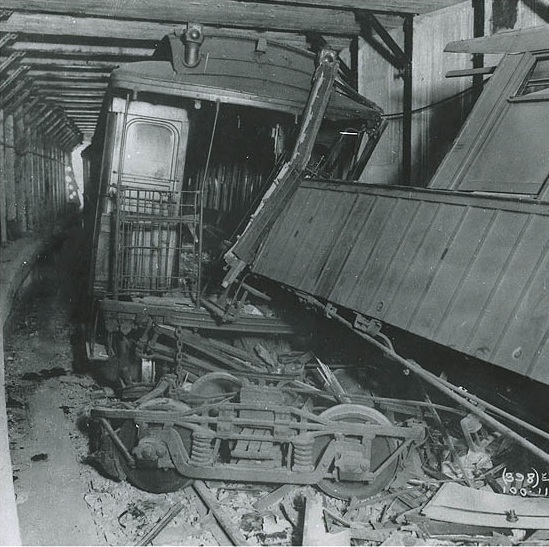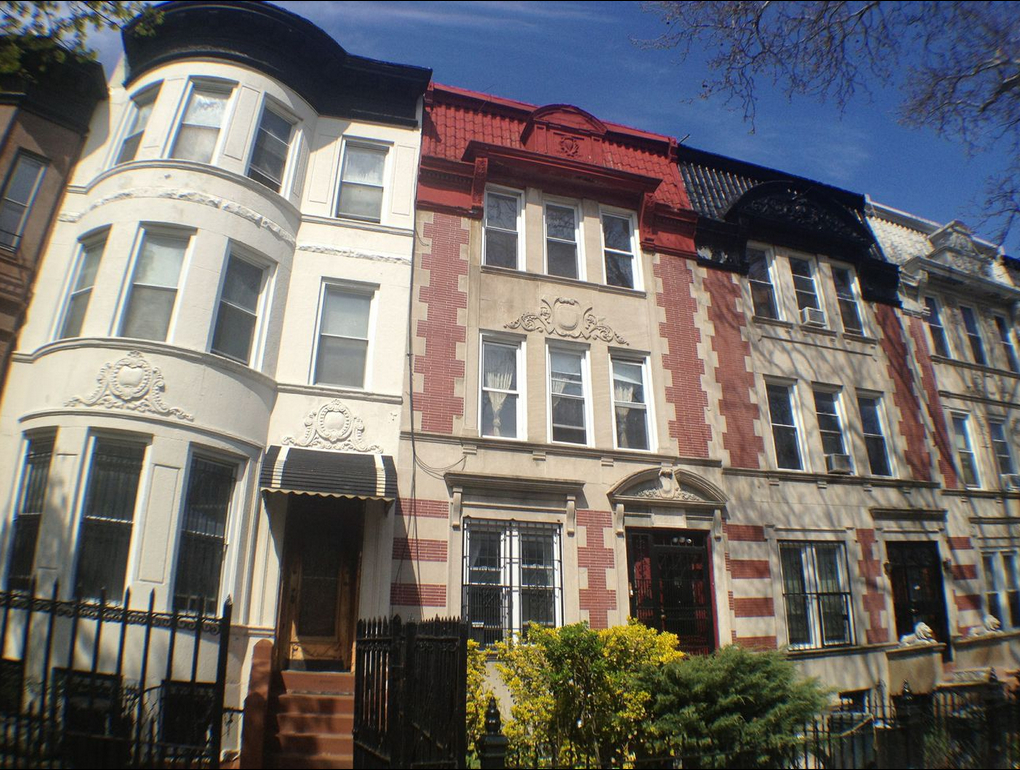Brooklyn also suffered tragic train accidents
Bronx derailment is far from unique

Screen Shot 2013-12-03 at 9.20.59 AM.png
People throughout the United States on Monday were shocked at the news of Sunday’s fatal train derailment on Metro-North’s Hudson line near Spuyten Duyvil, Bronx.
Investigators mined data recorders and sought to question the engineer and conductor for clues to why the commuter train jumped the tracks along a sharp curve.
We should remember, though, that Brooklyn also has had its share of train derailments and wrecks – some fatal.
